
It’s the holidays, and once again we are likely to see an influx of players into this wonderful hobby of ours. For first time players, no matter what game they may be getting into, several of the same questions are going to be asked:
“What do you recommend I get to paint these models?”
“What glue should I use?”
“Am I even doing this right?”
Well, have I got some good news for you! I’d like to answer some of those questions, and if anyone else has any advice, feel free to leave a comment down below.
In this series of articles, I’m going to try and tackle some of the key questions that anyone getting started in the hobby might ask before they even get a model to the table.
Rome wasn’t built in a day, and neither were your models…
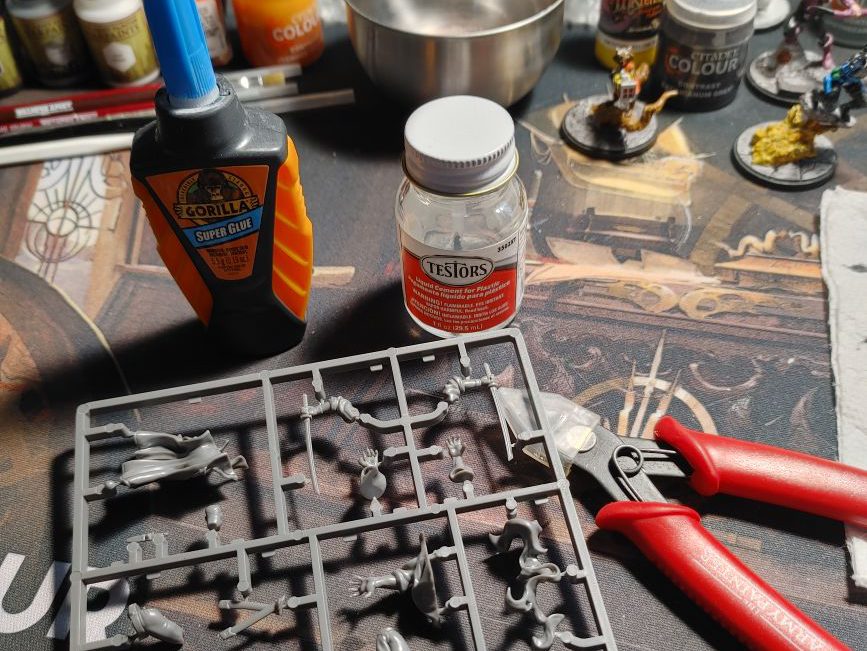
Not everyone is born a professional model assembler, so don’t feel like your first models have to be perfect. You can build models with as few as two tools, or as many as a dozen.
The most important tools that you will need are:
- Something to cut things with
- Something to glue things to other things
Things for cutting can be a hobby knife, hobby snips or sprue cutters, razor blade, etc. All of these items will work to separate a model from the sprue, but typically a set of sprue cutters is going to be the easiest thing to work with. I’ve now got two sets of sprue cutters, one for big “chonky” bits and another for fine work, and will occasionally use a hobby knife if it’s a delicate part.
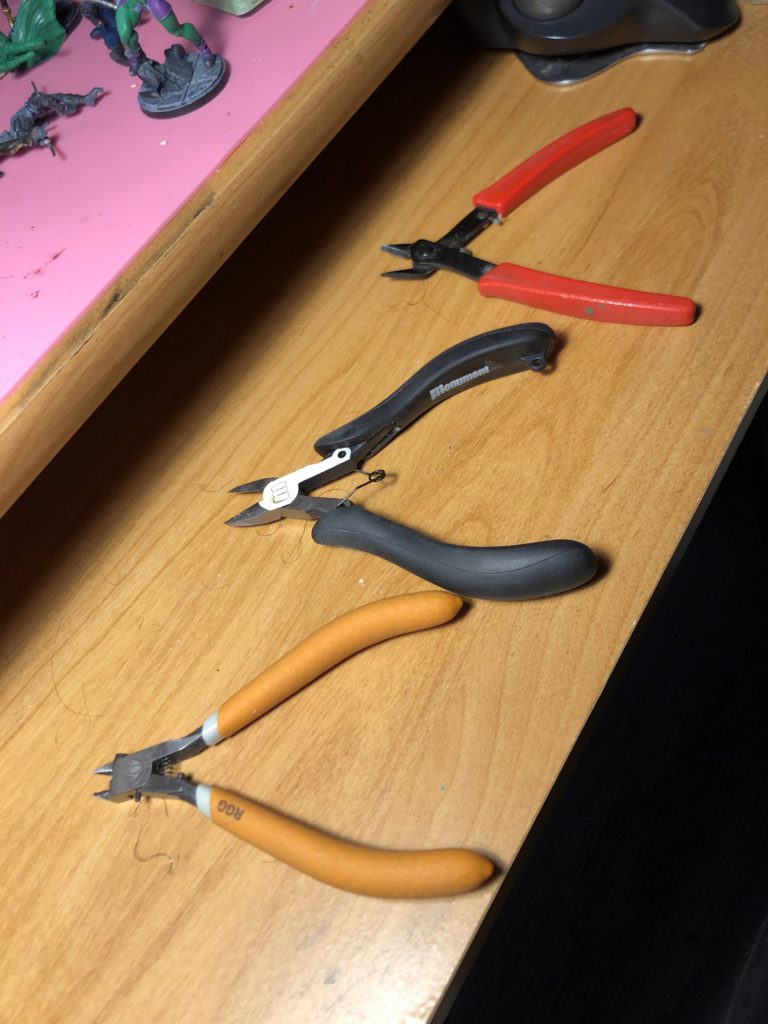
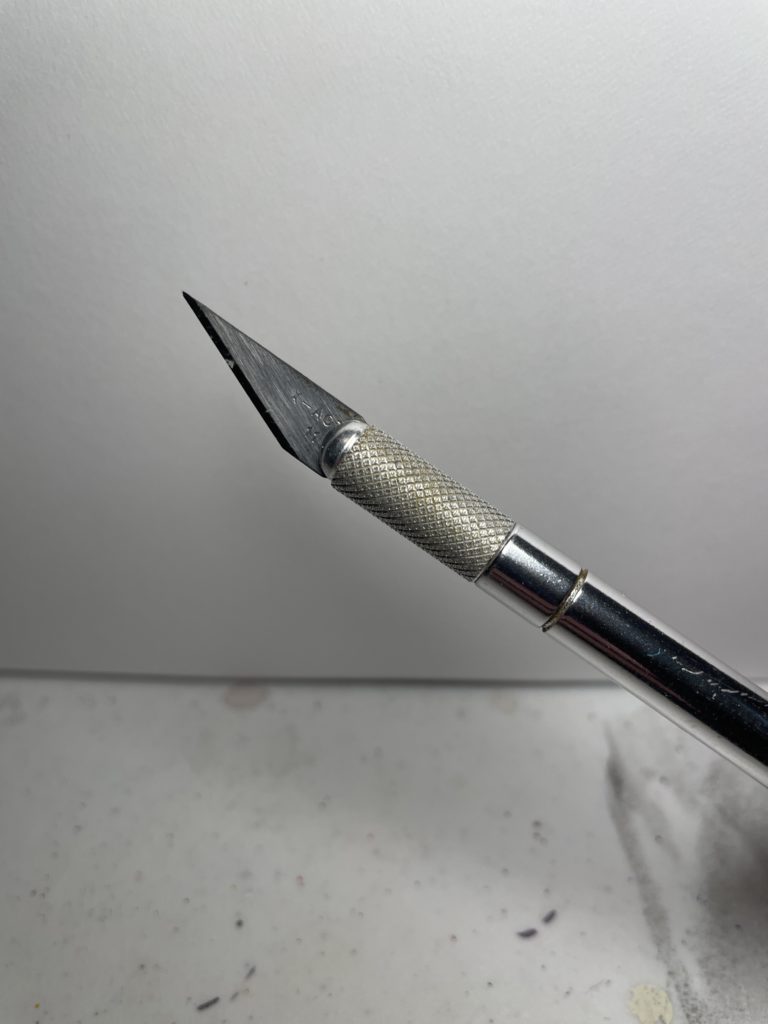
To separate part from sprue with clippers, simply place the flat edge of the clippers against the part, and with a quick squeeze of the handle, clip the piece away. It’s important to note that using the flat side up against the part you are using will usually give you the cleanest cut, and the least amount of warping due to the displaced material (yep, $2 word).

Things for gluing are a much different story as there are so many different types of glue, and the type of glue needs to work for the material your model is made from. For hard plastic models, plastic glue is typically best. Citadel and Tamiya glues I’ve found to work really well, but there are many others available. For resin or metal models, you’re going to want Super, or CA glue. As this is being written for a Marvel:Crisis Protocol site, M:CP uses hard plastic models, and I personally use Tamiya Extra Thin to assemble my models with great success.


It should go without saying, but when you’re gluing parts of the models together, it’s just as important to not use too much glue as it is to not use too little. There’s a balance to it, but thankfully it’s not super crucial. If you use too much glue, as soon as you have joined the two parts, use a paper towel or q-tip to quickly wipe away the excess. Having excess does have one benefit though, as it will help to fill in any gaps that may be left if the parts don’t fit perfectly together. Plastic glues, like Tamiya, take a bit longer to cure than CA (Super) glue, but the bond is generally less brittle, meaning that down the line, you’re less likely to have pieces fall off. No one wants to pull a one armed man out of their travel case. The drying, or curing, times for different types and brands of glue can vary, make sure to refer to the instructions on the package or bottle prior to applying. If you’re in doubt, glue two pieces of sprue together and monitor how long it takes for them to bond and go from there.
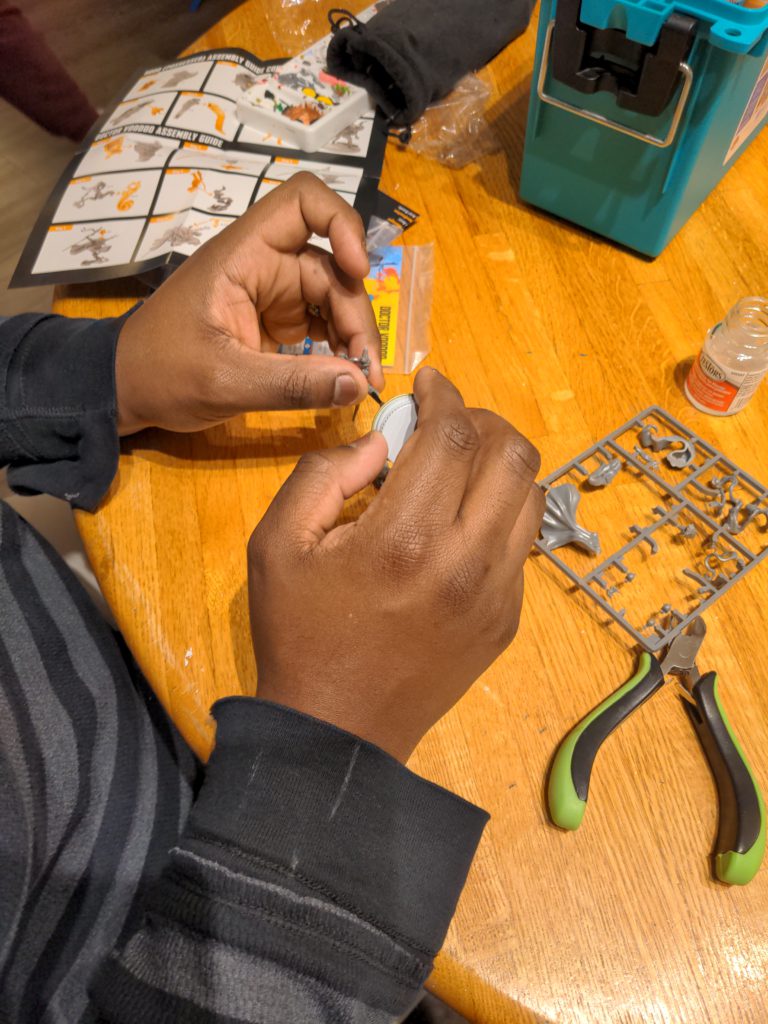
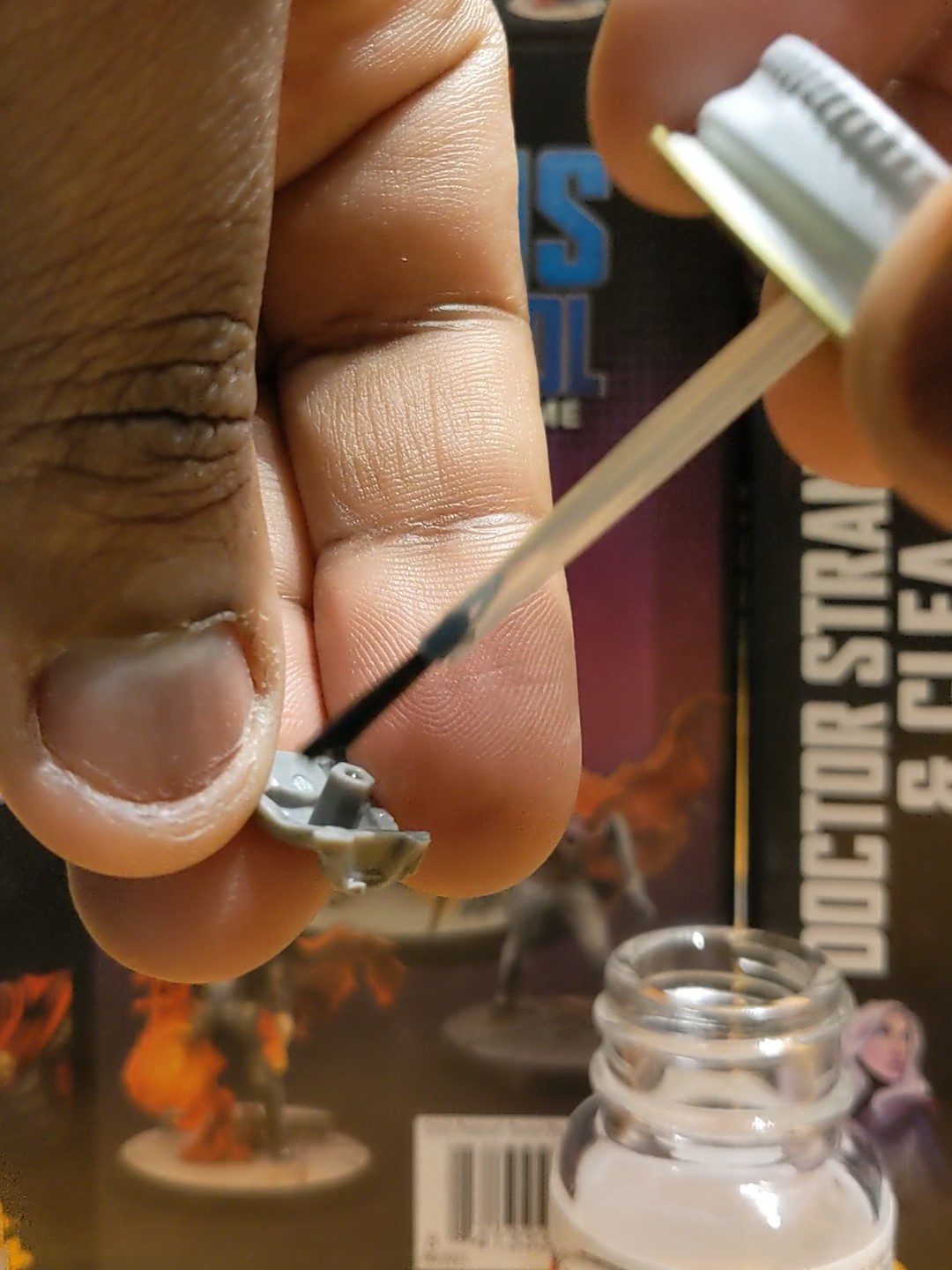
More advanced tools you can use to prep your models would be sanding sticks, mold line removers, green stuff to fill gaps, and the list goes on. None of these items are a necessity, and until you’ve gotten several builds under your belt, I wouldn’t necessarily bother with them. Model building is meant to be fun, mostly low stress, and available to everyone. I’ll admit that some models are more difficult than others (needlessly so), but not impossible to build. Find your comfort zone and slowly work your way outside of it, and never be afraid to reach out and ask for help from your local community or online if you’re having an issue.
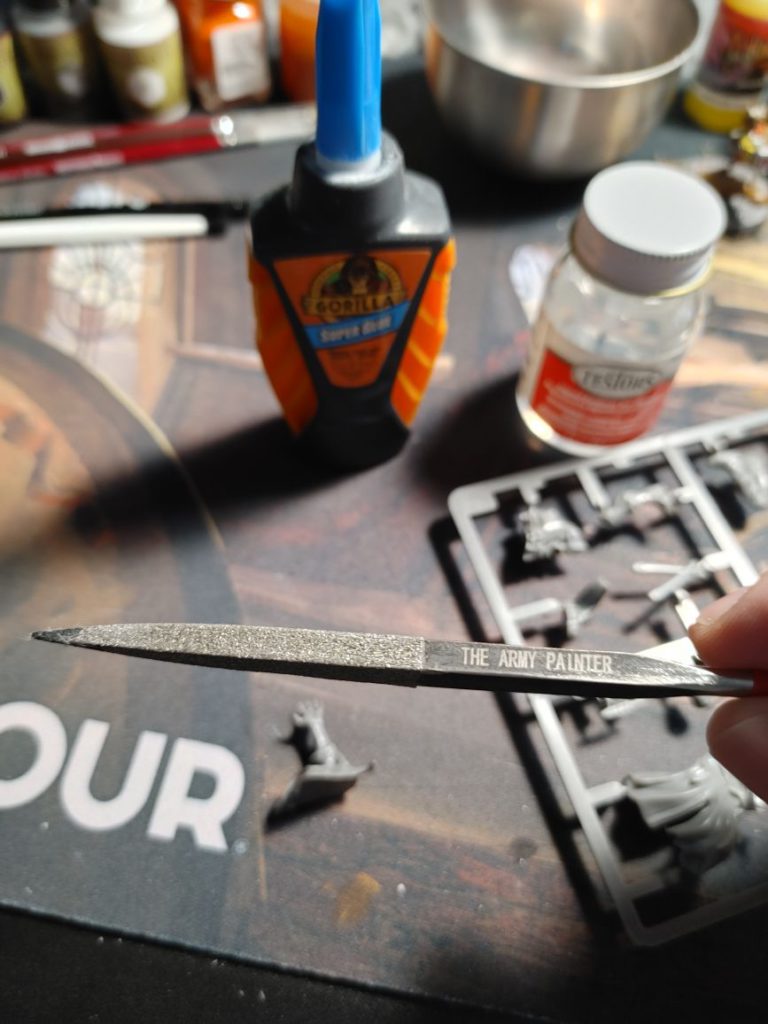

The best advice I can give you when starting out, before even building your first model, is to visit your local game store and talk to people there. They should be able to give you tips and tricks for any model that is in a box. I also recommend talking to multiple people, because despite this being 2021, no one knows everything, and one person’s advice may not always be right. If you don’t have a local game store, there are many communities that exist solely online. People from all over the world at your fingertips to bounce an idea off of, or that can answer that one random question that may never have been asked.
If you’re looking for an online community, a link to the Discount Games Inc. Discord server can be found below.
In the next article in this series, we are going to cover “What is paint, and how do I use it?”
Until next time friends, remember to close your glue bottles securely and maintain proper ventilation.

